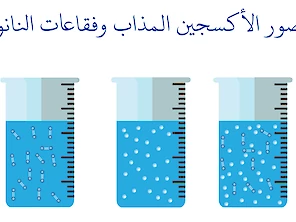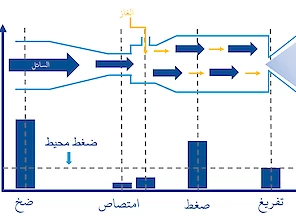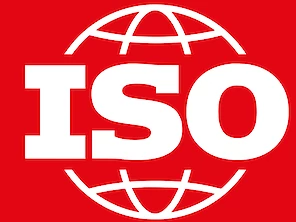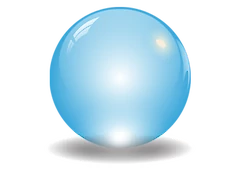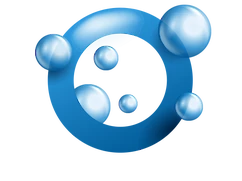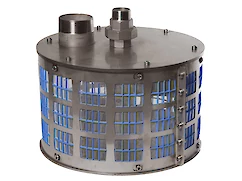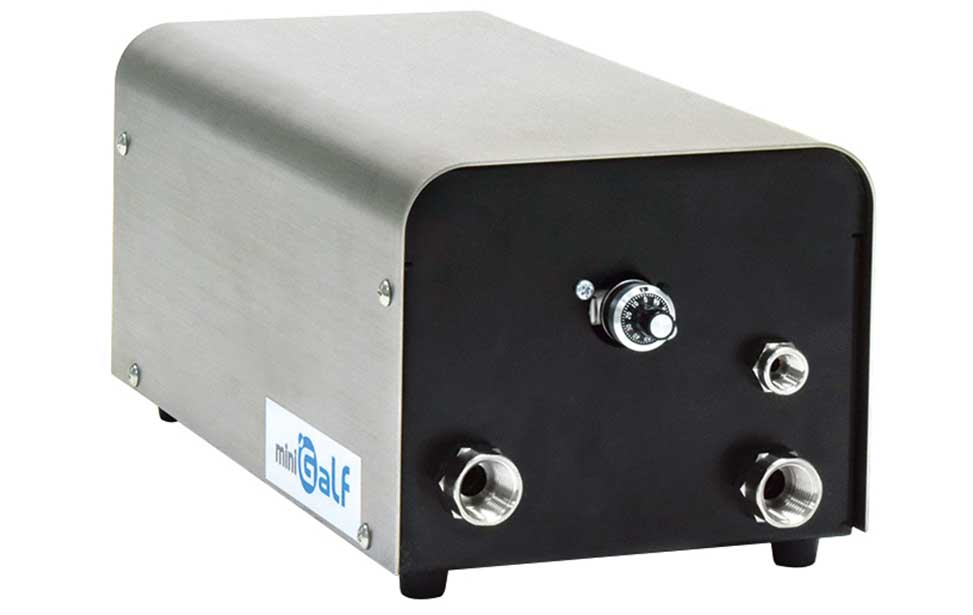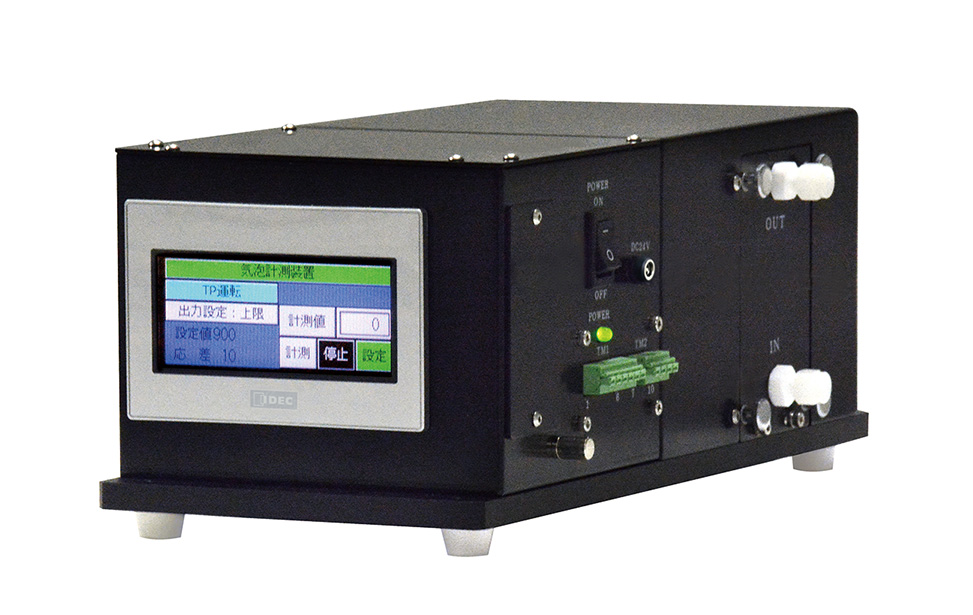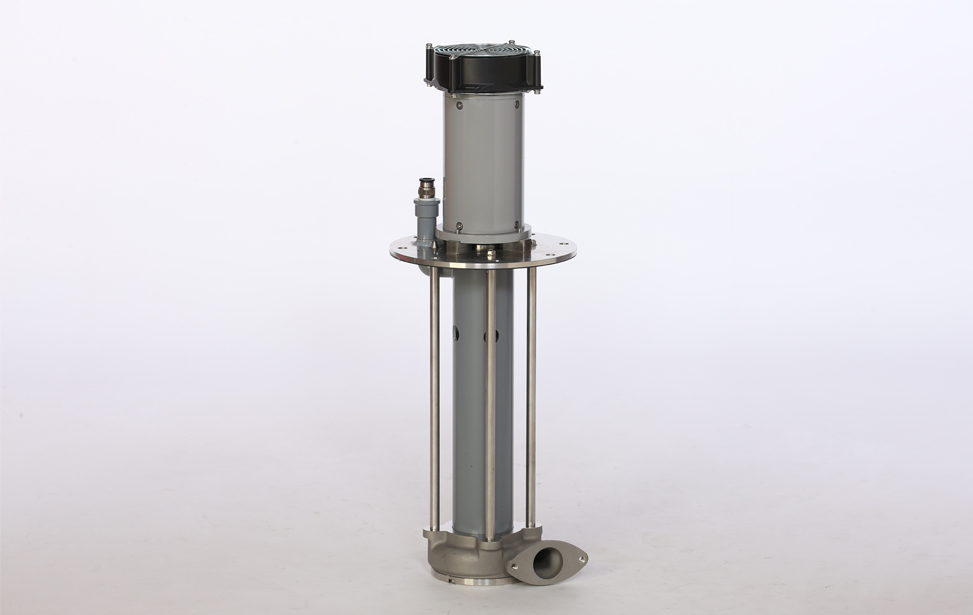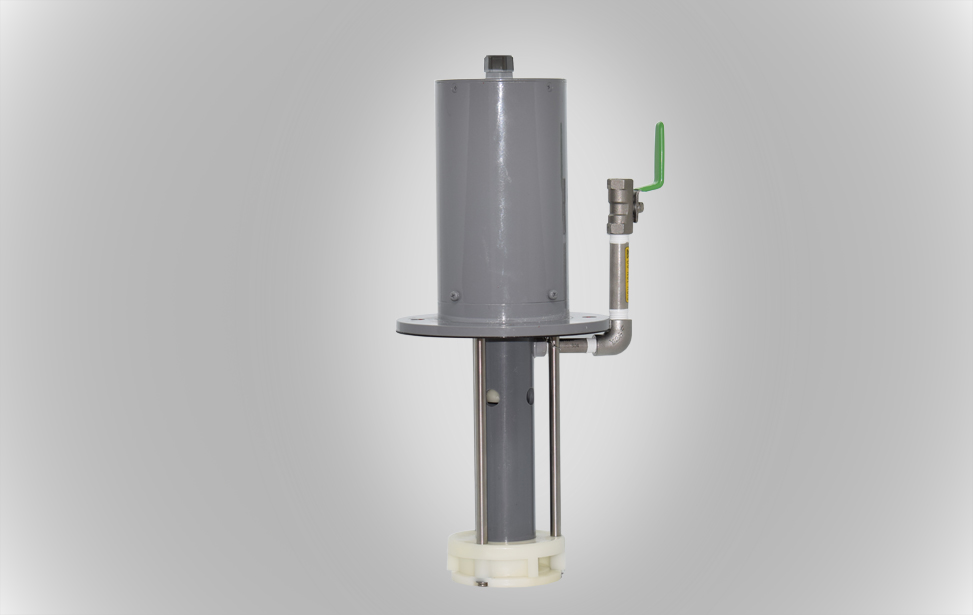منشور: الأربعاء, ١٢ فبراير ٢٠٢٠
مُعدل: الخميس, ١٨ سبتمبر ٢٠٢٥
كيف تقيس فقاعات النانو؟
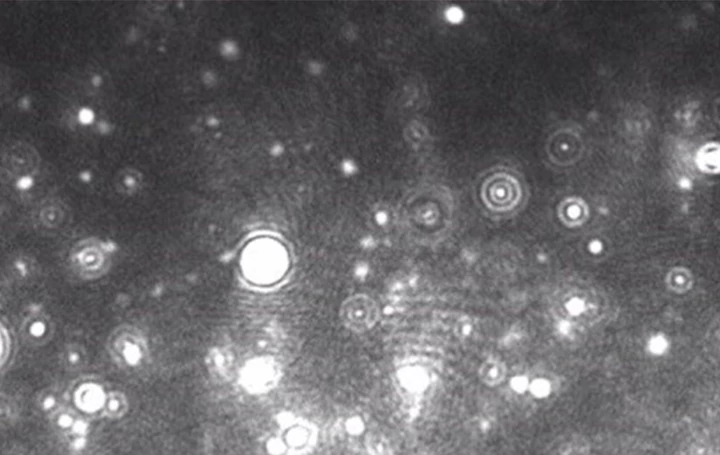
قبل تقييم كيفية عمل الفقاعات الدقيقة، من المهم قبل تقييم كيفية عمل الفقاعات الدقيقة، من المهم معرفة توزيع حجم الفقاعات الدقيقة والتركيز العددي للفقاعات الدقيقة التي تستخدمها. عندما تلاحظ أنها تعمل، يجب أن تعرف الحد الأدنى المطلوب من التركيز و/أو توزيع الحجم. يمكّنك هذا من تحسين توليد الفقاعات الدقيقة لعدم إضاعة وقت التوليد وتقليل حجم النظام. من ناحية أخرى، هناك تطبيقات تتطلب تركيزًا أعلى من 100 م/مل ولا يمكنك معرفة عدم وجود تأثير باستخدام آلة توليد الفقاعات فائقة الدقة التي تنتج تركيز 50 م/مل.
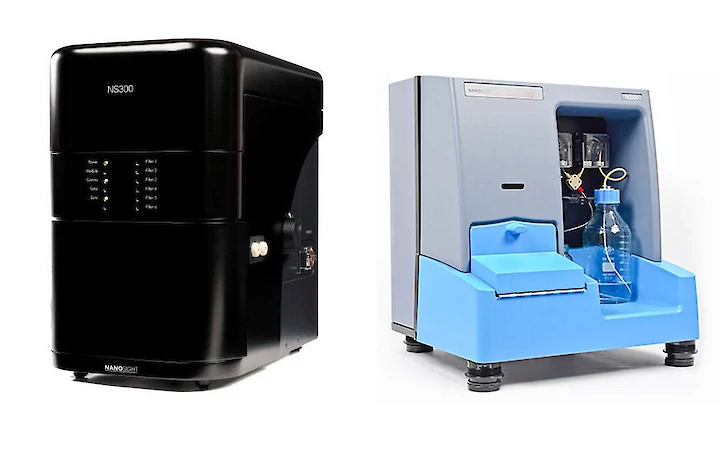
يجب أن نكون حذرين بما فيه الكفاية بشأن تركيز الفقاعات الدقيقة. يمكن قياس الفقاعات الدقيقة بنفس تقنية قياس الجسيمات الصغيرة. يمكنك قياس الفقاعات النانوية بالكاميرا (عد حجم البكسل) أو الليزر (عد زمن التعتيم)، كما يمكنك الرجوع إلى معلومات التعكر كطريقة بسيطة لمعرفة مؤشر العدد. عند البدء في قياس الفقاعات النانوية استخدم دائمًا غاز النيتروجين لأنه أسهل غاز لقياس الفقاعات النانوية يليه الهواء والأكسجين. كن حذرًا من استخدام غاز الأوزون لأنه قد يؤدي إلى تعطل المعدات الخاصة بك، لذا تحقق من دليل الاستخدام أولًا.
عند قياس الفقاعات النانوية، فإن الطريقة الأكثر شيوعًا هي تحليل الحركة البراونية. استخدم الليزر والميكروسكوب لالتقاط الضوء المتناثر من الفقاعات النانوية المتناهية الصغر، والتقط فيديو وحلل سرعة حركة كل فقاعة نانوية متناهية الصغر. (يُطلق عليه تحليل تتبع الجسيمات =PTA). كما تعلم، لا تعتمد سرعة الحركة البراونية على نوع المادة ولكن تعتمد فقط على الحجم ودرجة حرارة السائل ولزوجة السائل. عندما تعرف درجة حرارة السائل واللزوجة. نستنتج أن الحركة البراونية السريعة تعني فقاعات صغيرة متناهية الصغر والبطيئة تعني فقاعات متناهية الصغر أكبر نسبيًا. من خلال تتبع الحركة البراونية، ستعرف حجم كل فقاعة متناهية الصغر.
أجهزة القياس التجارية للفقاعات النانوية؟
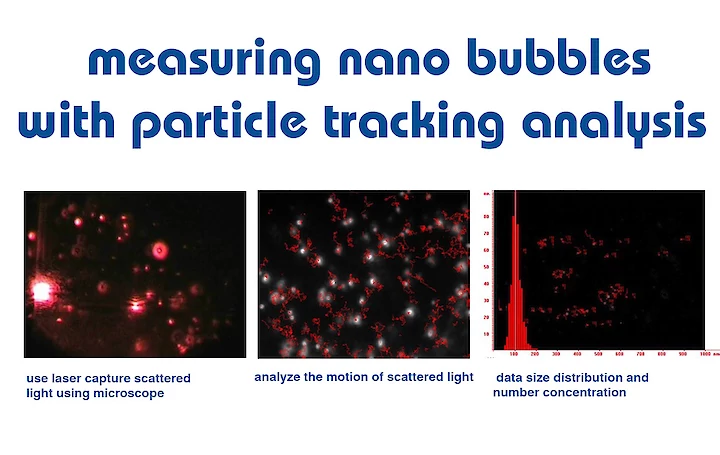
كان اكتشاف وتطوير مولدات الفقاعات النانوية بطيئاً في الماضي لأنه كان من الصعب قياس الفقاعات النانوية. واستنادًا إلى المعدات المتوفرة في السوق لقياس الجسيمات، تم استخدام نفس طرق القياس لقياس الفقاعات النانوية ولكن ليس بدون مشاكل.
| الشركة المصنعة | المنتج | الحد الأدنى (الجسيمات) | الحد الأدنى (الفقاعة) | نظام القياس |
| مالفيرن نانو سايت | نانو سايت NS300 / NS500 | 10 نانومتر | 60 نانومتر | تحليل تتبع الجسيمات |
| شيمادزو | SALD7500-nano | 7 نانومتر | تشتت حيود الليزر | |
| شيمادزو | SALD7100H | 100 نانومتر | تشتت حيود الليزر | |
| سيمباتيك | هيلوس | 100 نانومتر | تشتت حيود الليزر | |
| أجهزة مالفيرن | زيتاسايزر نانو | تشتت الضوء الديناميكي | ||
| أوتسوكا للإلكترونيات | ELSZ-2plus | تشتت الضوء الديناميكي | ||
| سيمباتيك | نانوفوكس | تشتت الضوء الديناميكي | ||
| أرخميدس | مستشعرات التقارب الحيوي | قياس كتلة الرنين | ||
| إيزون | كيو نانو | منطقة الاستشعار الكهربائية | ||
| بيكمان كولتر | Multisizer 4 | منطقة الاستشعار الكهربائية | ||
| ميكروميريتكس | إلزون II 5390 | منطقة الاستشعار الكهربائية | ||
| هوريبا | فيوسيزر 3000 | 10 نانومتر | 60 نانومتر | تحليل تتبع الجسيمات |
من الناحية النظرية، يجب أن تكون جميع المعدات المذكورة أعلاه قادرة على قياس الفقاعات النانوية ولكن هناك مشكلة. عند قياس الجسيمات سيعطي ذلك ليزرًا منحرفًا قويًا لمستشعر الكشف بحيث يمكن قياسه. ومن ناحية أخرى، عند قياس الفقاعات النانوية فإنها تكون مظلمة للغاية أمام مستشعر الكشف. وينتج عن ذلك عدم اكتشاف العديد من الفقاعات النانوية. على سبيل المثال، يمكن لجهاز NanoSight NS500 قياس الجسيمات حتى حد 10 نانومتر، ولكن عندما يتعلق الأمر بالفقاعات النانوية فإن حد الكشف يصل إلى 60 نانومترًا ربما. لا يمكن للعديد من الشركات المصنعة لمعدات القياس الأخرى اكتشاف الجسيمات/الفقاعات الأكبر حجمًا فقط، نظرًا لأن قطر الوضع للفقاعات النانوية يتراوح دائمًا بين 50 و90 نانومترًا، فإنها ببساطة ستفقد كل الفقاعات النانوية أو جزءًا كبيرًا جدًا منها. لا يمكن لمصنعي المعدات الأخرى قياس الفقاعات النانوية إلا عندما يكون تركيز الفقاعات النانوية أكبر من 7 مليار، لذا ضع ذلك في الاعتبار عند تحضير العينة.
في بعض الأحيان يعود إلينا عملاؤنا من الجامعات والأبحاث قائلين إن مولد الفقاعات النانوية لا يعمل. والسبب في معظم الأحيان ليس أن مولد الفقاعات النانوية معطل ولكن طريقة القياس بها عيوب. حتى الآن في اليابان كما نعلم، لا يُستخدم في اليابان سوى منتجين للقياس للكشف عن الفقاعات النانوية بشكل صحيح. وهما جهاز Shimadzu SALD7500-nano وجهاز NanoSight NS300. يُرجى توخي الحذر مع NanoSight لأنه يأتي مع 4 أنواع من الليزر، الأحمر 642 نانومتر، والأخضر 532 نانومتر، والأزرق 488 نانومتر، والبنفسجي 405 نانومتر. بالنسبة لـ NanoSight، سيعمل ليزر λ 405 نانومتر فقط بشكل صحيح.
يمكن الحصول على بروتوكول قياس للفقاعات متناهية الصغر من ISO.
إذا كانت لديك أي تجارب أخرى مع قياس الفقاعات النانوية أو وجدت أي معلومات غير صحيحة، يُرجى إرسال ملاحظة لنا وسنقوم بتصحيح وتحديث هذه المقالة.
ALT Ultrafine bubble sensor
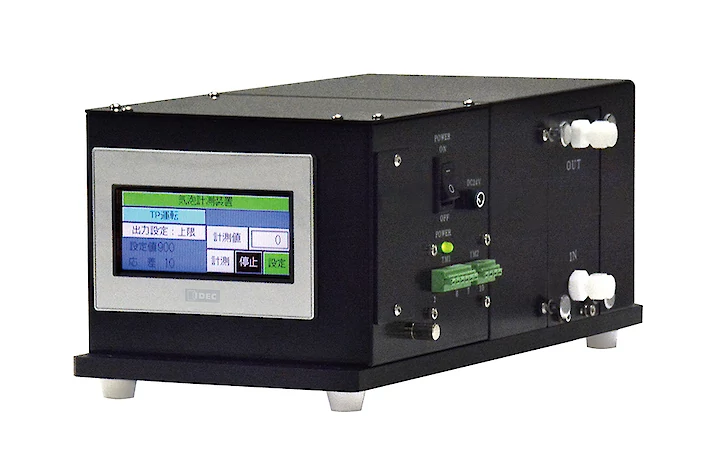
ربما يكون NanoSight مع طريقة تحليل تتبع الجسيمات هو أداة القياس الأكثر استخدامًا للفقاعات متناهية الصغر. ولكن أيضًا، يمكن لشركة Shimadzu مع Sald7100HH قياس الفقاعات متناهية الصغر. ويتمثل الجانب السلبي لهذه المعدات في أنها باهظة الثمن نسبيًا وغير مناسبة لمراقبة العمليات. يبحث العديد من العملاء عن حل أكثر اقتصادًا للحصول على مؤشر إذا كان مولد الفقاعات متناهية الصغر يعمل بشكل مثالي ولتوفير التكاليف والطاقة عند الوصول إلى مستويات عالية من الفقاعات متناهية الصغر يجب أن تتوقف المعدات تلقائيًا. إن ALT-9F17 هو نظام استشعار الفقاعات متناهية الصغر ALT-9F17 هو نظام استشعار الفقاعات متناهية الصغر يعتمد على مبدأ الليزر المتناثر.
